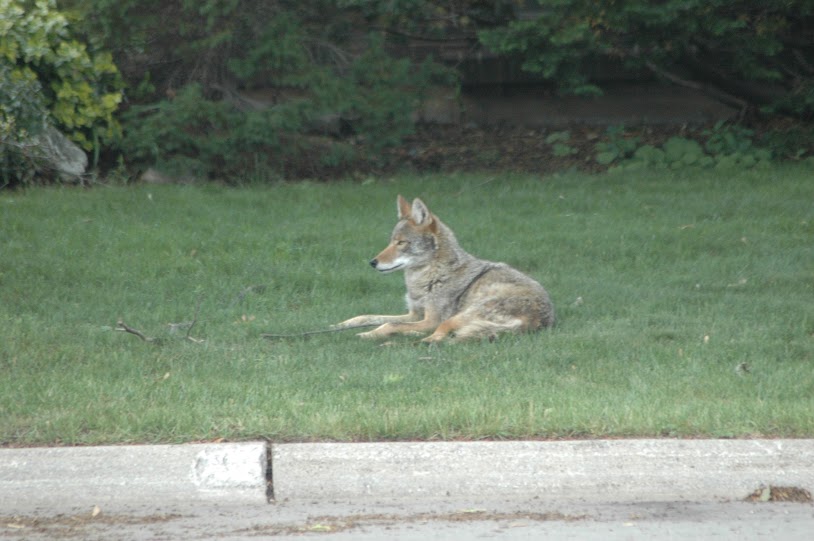A hike in Canada is a wonderful opportunity to enjoy the outdoors. While a relaxing trek through nature is an excellent way to clear your mind and exercise your body, be sure to follow these five tips from Skedaddle Humane Wildlife Control to stay safe and treat local wildlife respectfully.
1. Research Local Wildlife
 What species of wild animals live in your area? Whether you’re taking a stroll at your local park or visiting one of Canada’s beautiful national parks, be sure to research the wildlife to know what to look for. Understanding the plants, mammals, birds, and reptiles living around you can help you avoid damaging their habitat or cornering an aggressive animal.
What species of wild animals live in your area? Whether you’re taking a stroll at your local park or visiting one of Canada’s beautiful national parks, be sure to research the wildlife to know what to look for. Understanding the plants, mammals, birds, and reptiles living around you can help you avoid damaging their habitat or cornering an aggressive animal.
Are any animals in your area dangerous? Squirrels, rabbits, and birds may be present throughout Canada, but some areas are also the natural habitat for bears and other animals that require additional precautions. Hiking in any area can be safe, but be sure to learn about local and seasonal precautions recommended by local wildlife experts.
2. Do Not Feed the Animals
There are a number of reasons to never feed wildlife. Animals living in their natural habitat are well equipped to find their own food, and their customary food sources are actually healthier for them than any snacks you may wish to provide. Exposing animals to unusual edibles that aren’t a part of their normal diet could affect their health.
Another danger is that animals may become too fond of human cuisine. Your well-meaning gifts may offer a tantalizing option to squirrels, raccoons, and other animals not used to such rich foods. This causes them to avoid their natural menu and seek out human food, sometimes in aggressive ways.
Avoid both intentional and unintentional feeding. Leaving your garbage or food in unsecured containers allows wild animals to easily sample these tempting goodies. Store your items in secured areas whenever you’re hiking in a national park or other outdoor recreational space.
3. Keep Your Dog Leashed
Dogs can be very protective of you and their territory when they feel threatened. Unfortunately, a wandering squirrel or unusual bird call may seem threatening to a dog. Regardless of how well trained your pet may be, keep your dog leashed during your walk to prevent an unwanted encounter between your pet and any wild animals. Some animals are capable of harming your dog, while many other animals can be wounded or killed by your pet. Use a leash to prevent any dangerous encounter.
4. Do Not Litter
There’s nothing worse than a plastic wrapper, empty water bottle, or other debris contaminating a beautiful outdoor scene. Always remove any trash on a trail and avoid littering. This not only protects the beautiful, natural views of the Canadian wilderness but also protects the local wildlife. A food wrapper can smell tantalizing to a hungry animal and eating plastic or other materials can cause serious harm.

5. Stay on the Trail and Maintain a Safe Distance
Explore the natural wonders of your country from the safety of the trail. Venturing off designated paths can harm the local habitat. You may also accidentally intrude on the territory of a wild animal. Squirrels and birds may be simply frustrated, but bears and rattlesnakes can respond more aggressively. Keep your distance from any wild animal you encounter on the trail to stay safe and avoid a confrontation. Maintaining a safe distance is a great way to avoid damaging the local habitat while enjoying the great outdoors.
Learn More at Skedaddle Humane Wildlife Control
Contact us today at Skedaddle to learn more about how to stay safe around local wildlife at home and during outdoor excursions. Explore the natural world around you with these tips for safe and respectful hiking. If you wish to learn more about regional wildlife or need to humanely remove wildlife from your own property, don’t hesitate to contact our professional team.



